5 Steps To Prevent Damage To Underground Cables
Step 1 – Dial Before You Dig
Before you commence any excavation on a worksite or your property it is always advisable to get a Dial Before You Dig report. This is a free service so there are no excuses. You will need to create an account if you do not already have one.
The website for Dial Before You Dig is www.1100.com.au
Dial Before You Dig is a not-for-profit community service designed to prevent damage and disruption to network infrastructure. Services such as water, gas, electricity, and telecommunications all for part of the utility services covered by Dial Before You Dig.
Any excavation, has the potential to damage assets located around the work site, irrespective of the size and scope of the excavation. Something as simple as digging a post hole has the potential to lead to damage of the underlying utility infrastructure. This damage could involve extensive delays, costly repairs and in the worst-case scenario, injury or death to workers or even innocent bystanders.
Normally the results of a Dial Before You Dig request will be back in your email in a couple of working days.
If needed a cable and pipe locating company such as SA Cable and Pipe Locating can conduct this request to Dial Before You Dig for you.
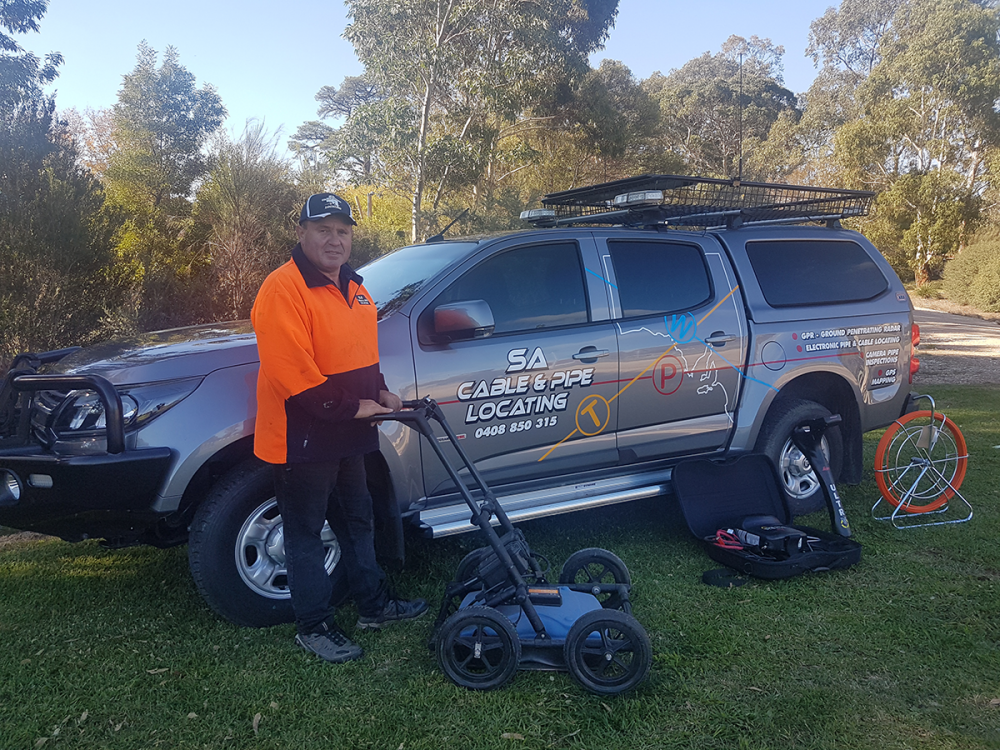
Step 2 – Wait for the plans
Before you start excavation ensure that you have received all the plans back from the utility companies involved.
Allow time for these reports to come back from all the infrastructure companies before commencing any work. They will normally be back in a couple of days
Once you have the plans you will then need to read through them carefully. There are not only the plans to go through but also associated paperwork from the utility companies. This paperwork will detail any permits required and conditions that apply when working near their network assets
Step 3 – Locating the physical underground services
Even though you have the layout from the infrastructure owners regarding the location of their assets, you job is only half done. The Dial Before You Dig reports don’t necessarily cover what is underneath your job site as there maybe additional pipes and cables not covered by the report.
The next job is to locate the actual pipes and cables. You basically have three options here:
First, digging by hand to find each individual piece of utility cabling. This is not only time consuming but it is just plain hard work.
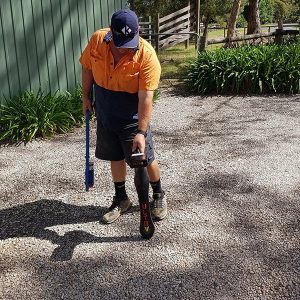
Third, you can hire a professional cable locating company to come and locate and mark the cables and pipes under your planned job site.
A utility locating company such as SA Cable and Pipe Locating can complete this task for you efficiently and very cost effectively for you.
Not only can they locate and mark the cables and pipes on your property, they can also produce a GPS map of the infrastructure that you can then use for your earthmoving contractor.
Step 4 – Hiring a professional locator
I know it is obvious but if you are hiring a locator, don’t just go for the cheapest option. Choose someone that is certified by NULCA the National Utility Locating Contractors Association or choose from the list of certified locators at Dial Before You Dig.
SA Cable and Pipe is registered with the National Utility Locating Contractors Association.
Step 5 – Start digging
First, confirm everything by potholing
Once everything has been located, dig down carefully at selected points and prove that the cable or pipe is definitely there. This allows you to get an exact depth of it, and to mark it before the earthmoving contractors start.
Go back to your plans and confirm that the pipe you see in the ground is the one that’s listed on the plan.
If it’s not, then contact the utility company or your locator (if you’ve hired a professional locator in to locate it for you) and get them to come back and confirm what you have found.
Then, after you have done all of the above you can finally get started with your earthworks.
Several times a week in Australia an underground gas pipe is hit and damaged.
Check out these incidents here:
https://www.youtube.com/watch?v=fst5iYtcHDE&feature=youtu.be
https://www.youtube.com/watch?v=aHjpPw2sS-0
https://www.youtube.com/watch?v=sCZDsA_8PC4
Gas pipes are one of the most difficult utilities to locate. They tend to be plastic pipes but have no trace wire to allow them to be easily located.
Use extra care if you are planning an excavation in an area with mains gas installed. Over the years the pipes may have been replaced and at times they are where the utility company infrastructure plans say they are.
Conclusion
My advice as a professional locator is this:
If you are regularly managing earth-moving or job site have a set documented procedure to ensure that you checked off everything prior to commencing earthworks.
If you are unsure of the location of the underground services, be very careful where you dig and be extremely careful if using mechanical diggers.
The easiest solution is to hire a professional to locate the cables and pipes for you, giving you peace of mind prior to commencing excavation.
Unfortunately, even getting a professional locator out to site will still never completely eliminate the risk of you hitting an underground service. But what it will do is greatly reduce the risk of doing so.
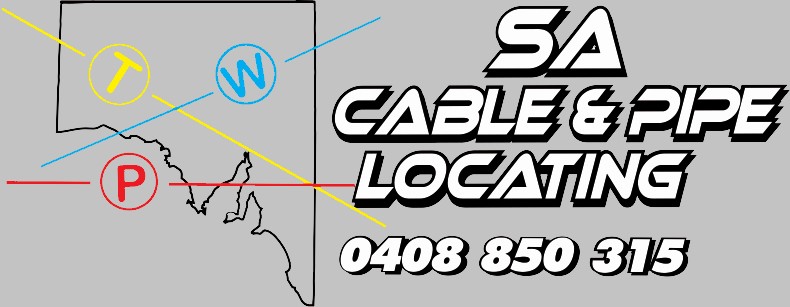
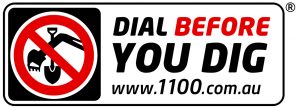

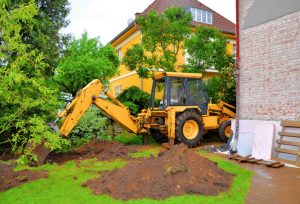

Recent Comments